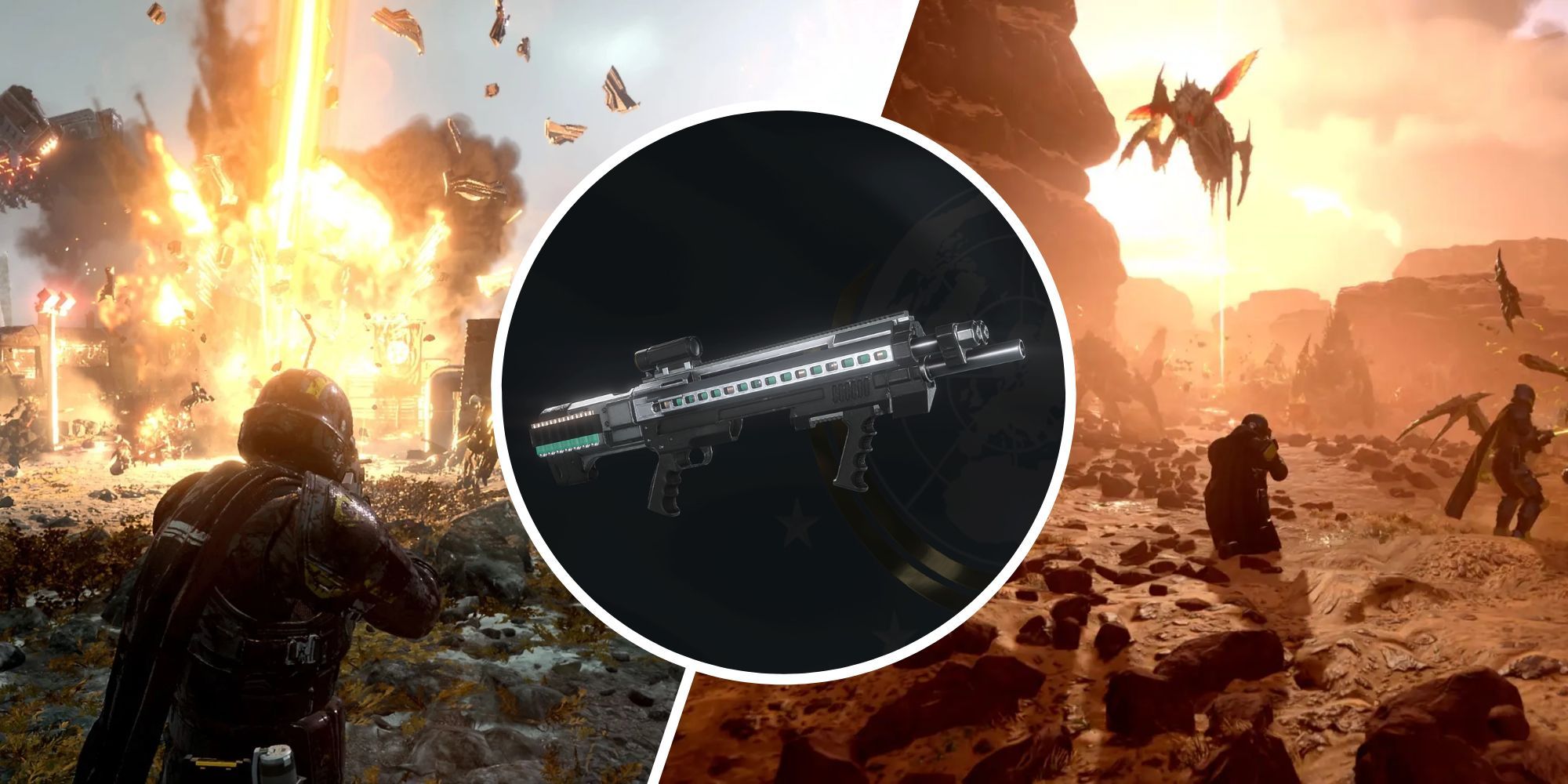Few experiences rival the excitement of exploring a new planet in the vast universes of our favorite video games, and Star Wars Jedi Survivor promises an exhilarating journey filled with obstacles, mysteries, and chances for exploration. However, many players have likened navigating the game’s map to the chaotic Kessel Run, fraught with unexpected challenges and confusion. This shared sentiment among adventurous players raises an intriguing question: why has the Jedi Survivor map sparked such a debate within the gaming community?
It’s essential to understand the scope of exploration offered in Jedi Survivor.
Players are invited to go around two major planets in the game, each of which is enormous in its own right and full of obstacles, side missions, and places just waiting to be discovered. With the makers urging players to explore the galaxy’s hidden tales and veer off the usual route, the possibilities for exploration appear endless. Yet, this very immensity has resulted in a double-edged sword. The vastness of the worlds promises an enlightening experience, yet many gamers have been confused and disappointed by the map’s intricacy and layout.
The planet Koboh, a crucial area in the game that has been characterized as difficult to navigate, seems to be at the heart of the problem.
Players striving for 100% map exploration have reported frustratingly being stuck at 99.8%, unable to uncover the last few hidden treasures or unexplored areas. This issue is exacerbated by the game’s design, which renders certain regions inaccessible until players acquire specific skills or equipment that become available as they progress through the storyline. Additionally, the presence of various bosses and challenges only complicates navigation, as players may find themselves repeatedly interrupted by formidable foes.
Adding to the challenge, the game features a fast-travel system that aims to ease some navigational difficulties, yet its implementation has been met with mixed reactions.
Unfortunately, this feature often leads to greater confusion, as players report instances where it segregates parts of the map that can’t be accessed through traditional exploration methods. Compounding these issues are the requirements to collect items like Priorite Shards or engage in side activities like Holo Tactics, which are essential for advancement. While these elements introduce depth to the gameplay, they inadvertently contribute to the already complex landscape, making navigation trickier.
The community’s response to these challenges has been diverse, ranging from detailed tutorials and advice shared on platforms like Reddit and YouTube to discussions on whether the game’s completionist aspects are worth the effort. Some players have adapted their approach, focusing more on savoring the story and main objectives, leaving behind the pressure of achieving 100% exploration. In contrast, others, driven by determination, meticulously scour every area in search of elusive items and mysteries that stand between them and their goal.
The Jedi Survivor map controversy is not only about how hard it is to navigate; it also represents a larger discussion about what players anticipate from contemporary video games. Is the difficulty of interpreting a complicated map a component of its allure, a test of endurance and patience that rewards the most committed adventurers? Or does it take away from the whole experience, turning what ought to be a thrilling voyage of discovery into a tiresome and unpleasant undertaking? As we dig deeper into the core of this debate, it becomes evident that despite all of its controversy, Jedi Survivor’s map has sparked a heated discussion within the game’s community, bringing to light the constantly changing expectations and desires of players in a time when the worlds we explore are becoming more complex and expansive by the day.
Navigating the galaxy in Jedi Survivor has proven to be a challenging endeavor for many players, particularly on the planet Koboh. Despite the abundance of opportunities for exploration and adventure, the game has inadvertently crafted a labyrinth that tests players’ patience and resilience. It is truly remarkable to see how the community has come together to share their frustrations, while more importantly, offering workarounds and strategies to tackle these map-related challenges. Such collaboration highlights the essence of gaming communities, where obstacles transform into collective puzzles to solve together.
The tales of woe and triumph over the game’s map are as varied as they are intriguing.
The shared narrative of one particular player encapsulates the confusion and resolve many have faced: after combing through every nook and cranny and consulting every guide, they found themselves stuck at 99.8% exploration on Koboh. This experience underscores a crucial aspect of game design, revealing how the map’s complexity directly impacts player experience, as many have discovered that achieving that elusive 100% completion can feel like an insurmountable task. The struggle to find hidden Priorite Shards only adds to the navigational puzzle, complicating the quest further.
Community members have shown remarkable creativity in their efforts to decode the map’s intricacies. They have been incredibly resourceful, sharing detailed tutorials and advice on forums and social media, while also uncovering hidden features like interactions with the ‘big ass dinosaur-looking thing’ that can create new pathways. These collective insights and solutions form a rich reservoir of guidance for other players grappling with similar treacherous terrains.
The debate surrounding the map’s design has sparked a broader discussion about game design philosophies, pitting open-world exploration against guided storytelling. Some players express relief at shifting their focus from pressure to complete exploration to simply enjoying the narrative and main missions. Conversely, others perceive the map’s intricacy as an inviting challenge from developers, one that, once decoded, yields a profound sense of accomplishment.
With all its unique features and puzzles, the Jedi Survivor map serves as a captivating case study in game design and player engagement. It has fostered a sense of camaraderie among players through shared frustrations and collaborative problem-solving, illuminating the social aspect of gaming. As discussions continue to unfold, it becomes increasingly apparent that the map, for better or worse, has secured its place in video game history, igniting debates that gamers will ponder long after they have traversed the galaxy’s final uncharted realms.
Related posts:
How long is Star Wars Jedi Survivor?
Star Wars Jedi: Survivor review – hit-and-miss action with the warmest of hearts | Eurogamer.net





